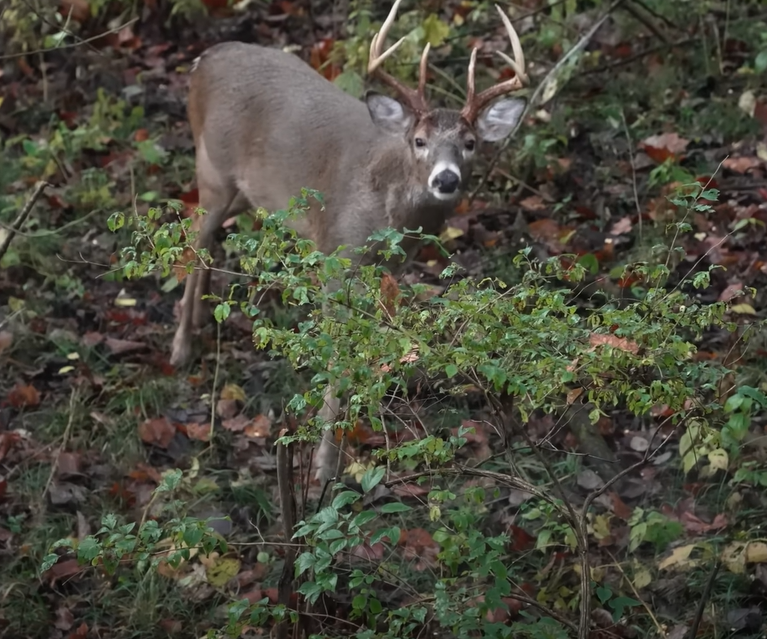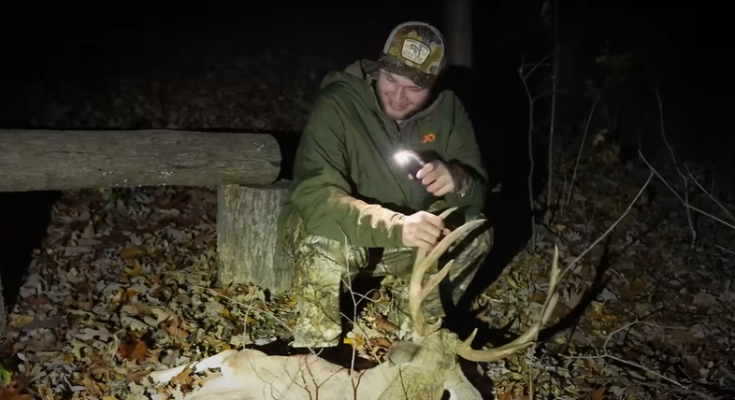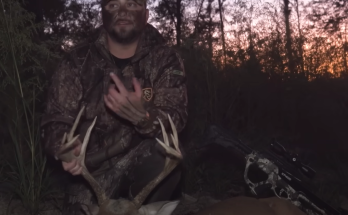Urban bowhunting presents a unique challenge for hunters who are used to wide-open forests and rural landscapes. Navigating through a city’s dense infrastructure, understanding local regulations, and identifying game movement patterns in an urban environment requires a strategic approach. In this first installment of our Ultimate Urban Bowhunting Challenge, we dive into the preparation, scouting, and ethical considerations that come with hunting in a city setting.
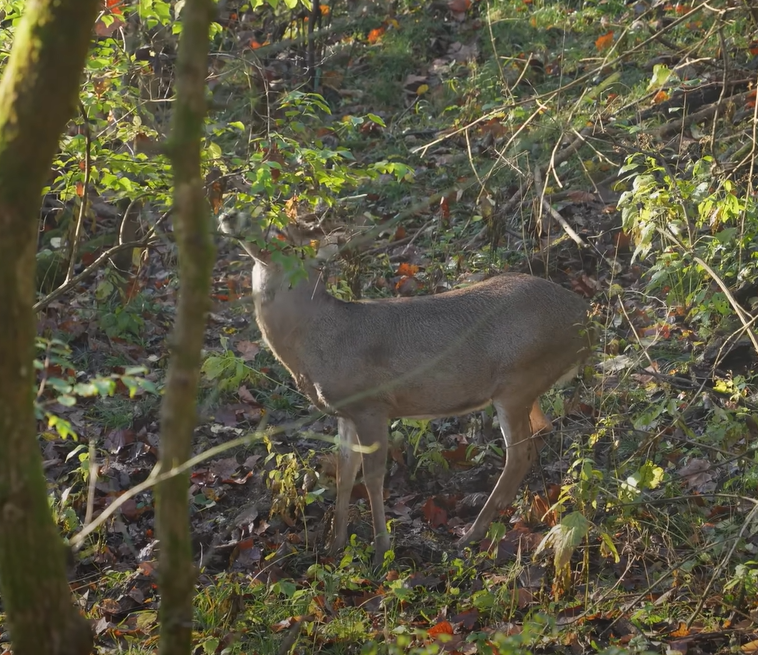
Understanding the Urban Hunting Landscape
Unlike traditional hunting grounds, urban areas are filled with obstacles like roads, neighborhoods, and public spaces. However, many cities and suburban regions have an overpopulation of deer, leading to property damage and car accidents. Some municipalities allow controlled bowhunting to manage these populations.
Before venturing into a new city, researching local laws is essential. Many states require urban hunters to obtain special permits, follow specific hunting seasons, and adhere to strict regulations on shooting distances from buildings and roads. Responsible hunters must also communicate with landowners and gain permission to hunt on private property where deer are often found in abundance.
Scouting for the Perfect Spot
Urban deer are highly adaptable, often bedding in greenbelts, golf courses, and park edges. Unlike their rural counterparts, they are accustomed to human activity, making them less skittish but still cautious. The key to success in an urban setting is thorough scouting.
Using trail cameras, studying satellite maps, and observing deer movement at dawn and dusk can provide crucial insights. Look for well-traveled trails between bedding and feeding areas, which may include backyard gardens, orchards, and unmaintained lots with thick vegetation.
Ethics and Safety First
Ethical hunting is even more critical in an urban setting. Shot placement must be precise to ensure a quick, humane kill and avoid wounded animals wandering into populated areas. Additionally, hunters should always have a clear recovery plan to retrieve harvested game discreetly and respectfully.
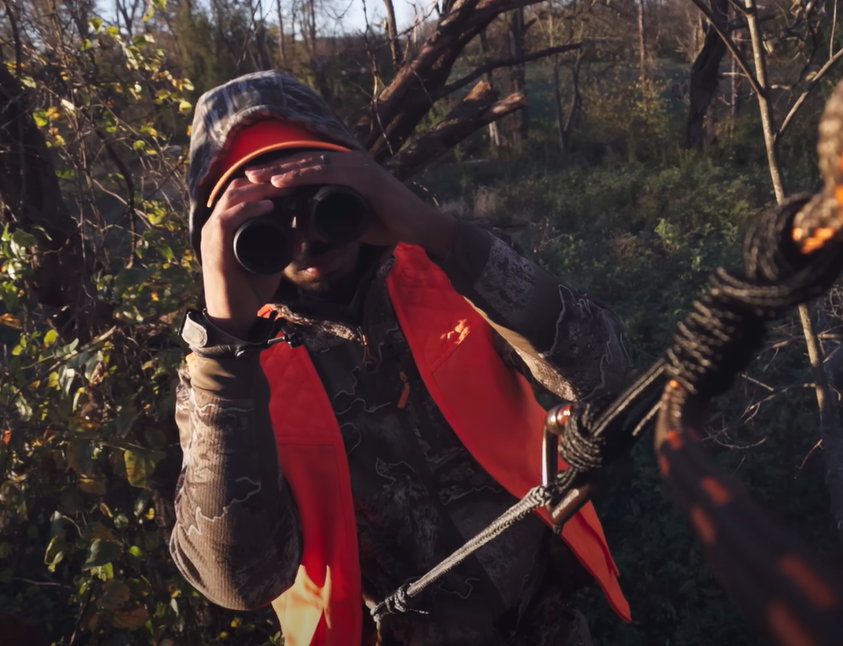
Safety is paramount. Hunters should use tree stands or elevated positions to ensure downward shots, minimizing the risk of arrows traveling beyond their target. Communicating with local authorities and neighboring landowners about hunting plans can also prevent unnecessary conflicts.
Conclusion
Urban bowhunting is a test of skill, patience, and responsibility. Successfully hunting in a city requires careful planning, knowledge of the terrain, and respect for the community. In Part 2, we’ll cover gear selection, stealth techniques, and real-life experiences from the field. Stay tuned for the next chapter in this exciting challenge!
